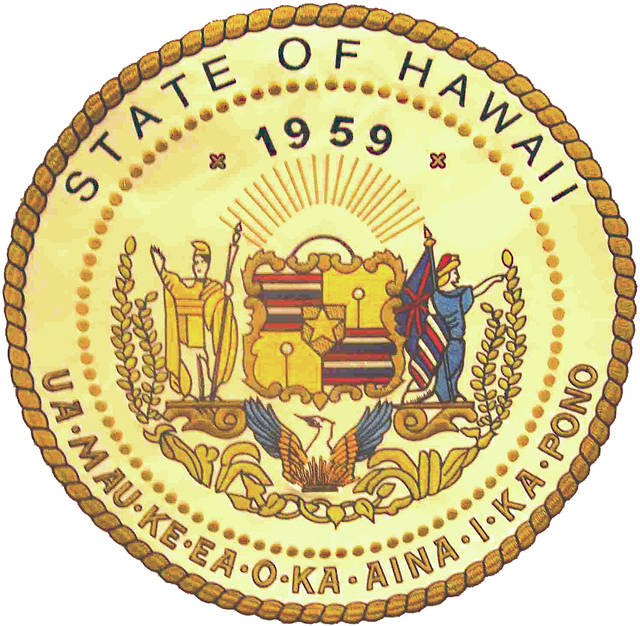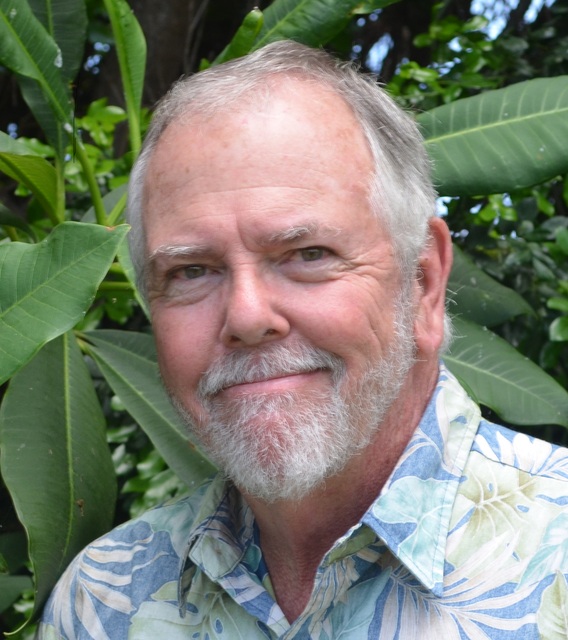HILO — Hawaii lawmakers are pursuing legislation that would update the state’s disaster preparedness protocols after the false ballistic missile alert last month.
House Bill 2582, which was introduced late last month, would establish a Hawaii disaster preparedness task force to review current disaster management protocols and recommend wide-sweeping changes, if necessary.
“The Legislature finds that the Hawaii Emergency Management Agency’s broadcast of a false alert of an inbound ballistic missile on Jan. 13, 2018, and the amount of time it took the state to cancel the false alert is unacceptable,” the bill reads.
State Rep. Richard Creagan (D-South Kona and portions of North Kona and Ka’u), one of the bill’s supporters, said that while the missile alert “got a lot of people thinking” about disaster protocols, hurricanes remain the primary disaster for which Hawaii residents should prepare.
Creagan also supports House Bill 2452, which would require all state buildings constructed after this year to include a shelter room capable of protecting individuals against hurricanes or nuclear fallout.
“Retrofitting existing buildings has been proposed, and that’s maybe a good idea,” Creagan said. “But, in the meantime, we can build new, hurricane-proof schools.”
A third bill, House Bill 1728, will likely be abandoned, Creagan said. That bill would have required all schools statewide to implement a disaster preparedness plan that shelters students and staff for 48 hours, providing sufficient food and medical supplies to last throughout that time.
Chad Farias, superintendent of the Department of Education’s Ka‘u-Keaau-Pahoa Complex Area, said that, while such a plan was technically feasible, the cost of stockpiling and storing sufficient food to feed thousands of students for two days would be formidable.
However, Creagan said such a protocol may yet be adopted, should a task force determine it to be a worthy measure.
“Bills like this can start a dialogue about what works and what doesn’t,” Creagan said. “We can leave it to the task force to figure out the details.”
Farias said there was considerable discussion regarding school disaster protocols following the false alarm. Had the incident occurred on a school day rather than a Saturday, he said, schools would have followed the same lockdown procedures used in a shooting or hurricane, which would likely have proven insufficient should the alert have proven to be genuine.
Creagan said HB 2452, if passed, will at least require all public schools built in the future to include a radiation shelter — although he noted that very few buildings are able to withstand the direct shock of a nuclear blast.
Both HB 2452 and 2582 were passed by joint committees last week and are waiting a hearing before the House Committee on Finance.
Email Michael Brestovansky at mbrestovansky@hawaiitribune-herald.com


